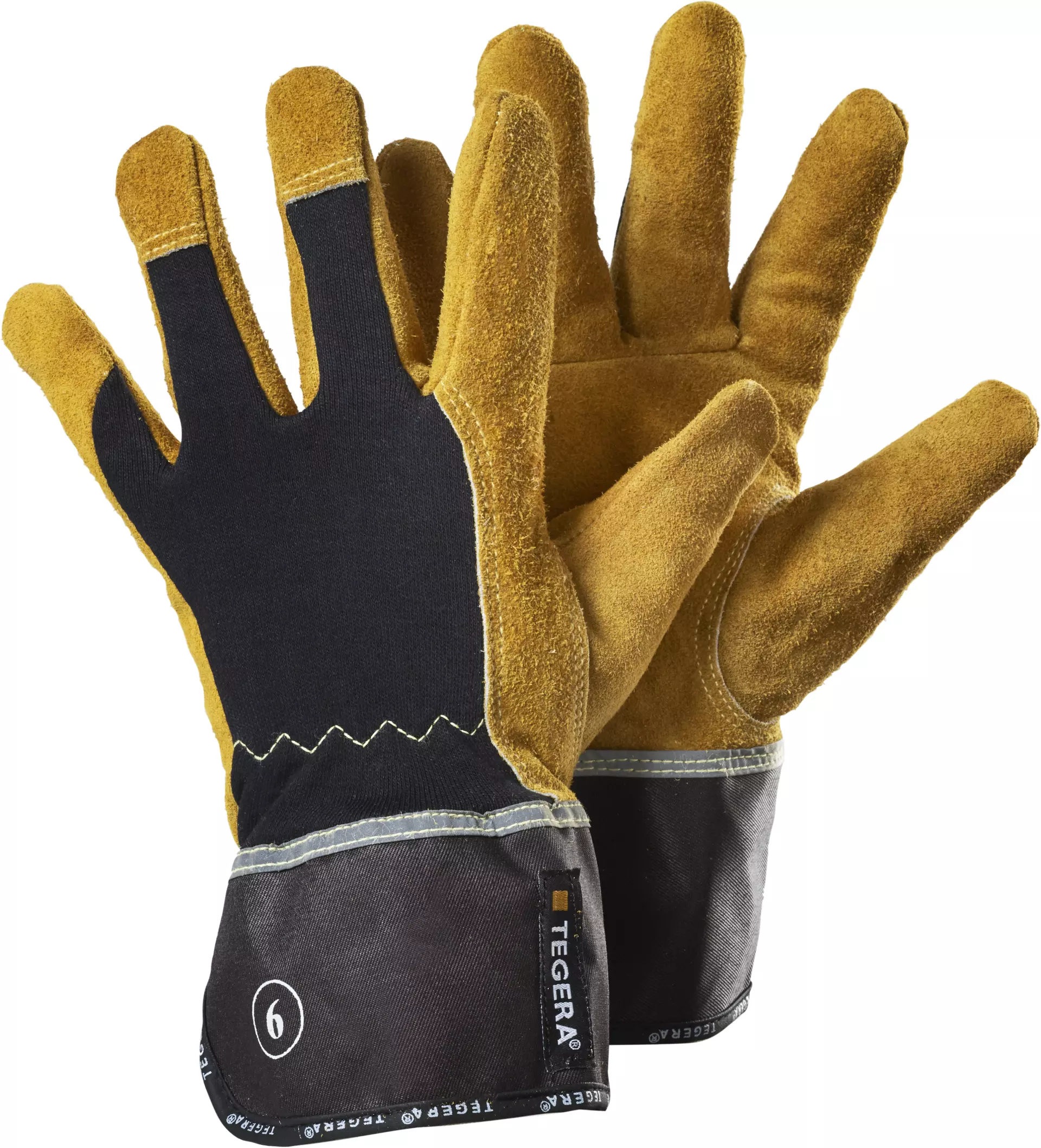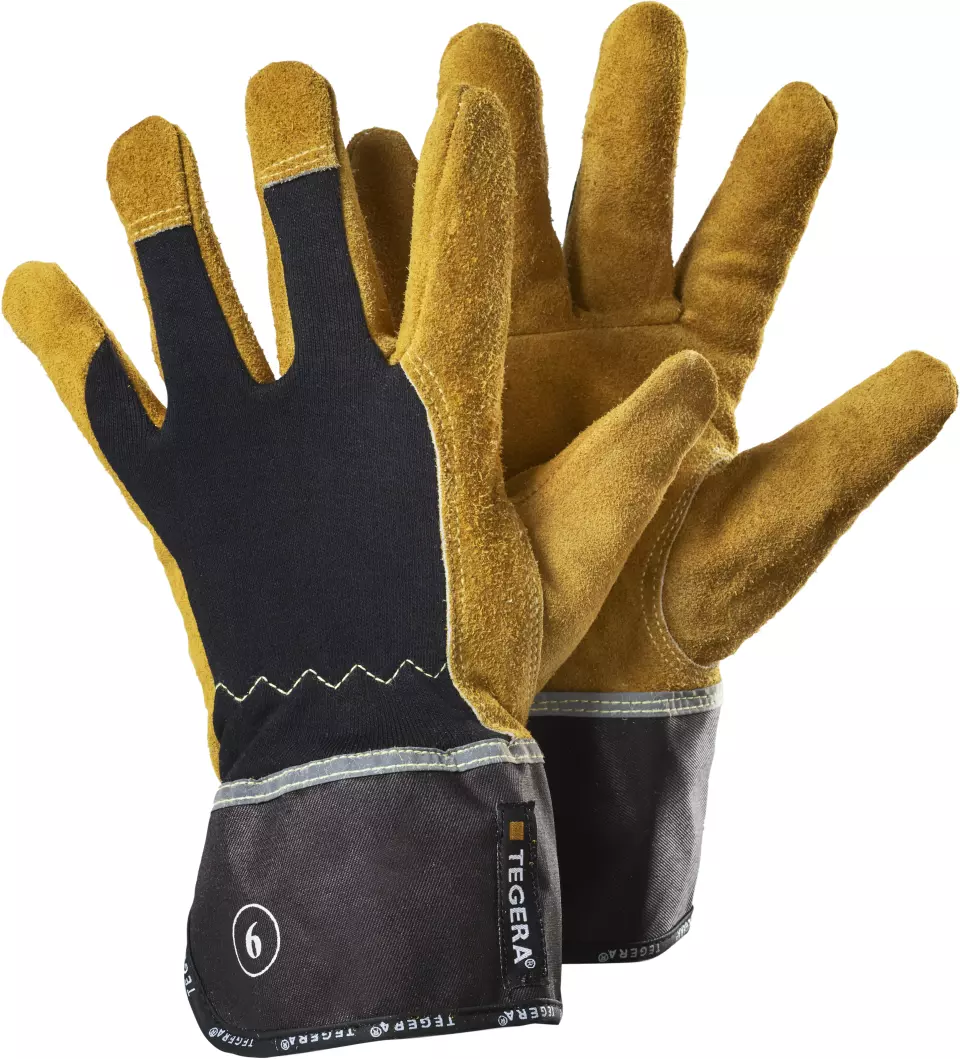
Features You'll Love

Glove Features · Reinforced Fingers
Reinforced fingers provide enhanced protection and durability, ensuring your hands stay safe and your gloves last longer.

Glove Features · Reinforced Thumb Crotch
Reinforced thumb crotch boosts durability and protection in high-stress areas, keeping your gloves strong for demanding tasks.

Cuff Style · Open
Determines how the glove secures around the wrist, affecting fit, protection from debris, and ease of putting gloves on and taking them off.
94,14 €
Price per 6 pairs
15,69 € / pair
Choose size
Free delivery
Features You'll Love

Glove Features · Reinforced Fingers
Reinforced fingers provide enhanced protection and durability, ensuring your hands stay safe and your gloves last longer.

Glove Features · Reinforced Thumb Crotch
Reinforced thumb crotch boosts durability and protection in high-stress areas, keeping your gloves strong for demanding tasks.

Cuff Style · Open
Determines how the glove secures around the wrist, affecting fit, protection from debris, and ease of putting gloves on and taking them off.
Product description
TEGERA® 139, Heat resistant glove, full lining, 0.9-1.1 mm cowhide, cotton, cut resistant class B, KEVLAR® fiber, Cat. III, reinforcement on index finger, reinforcements on fingers and thumb, universal works